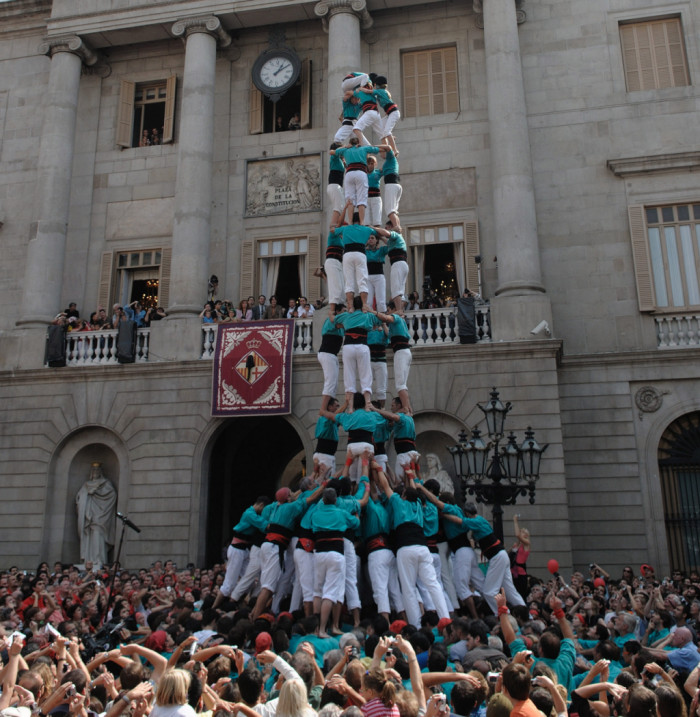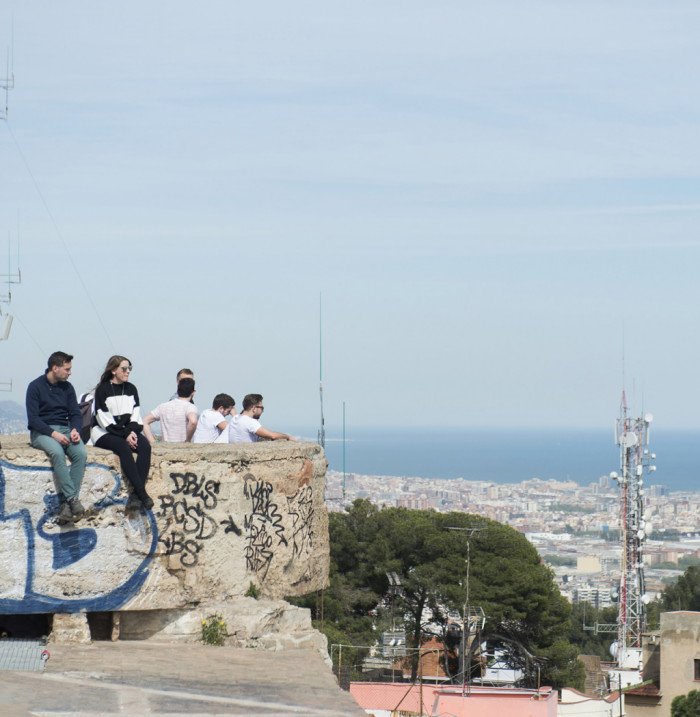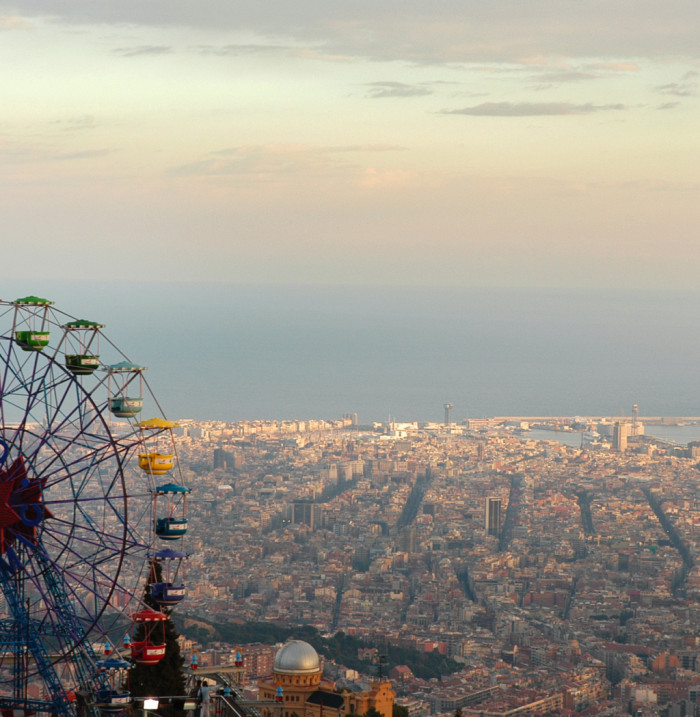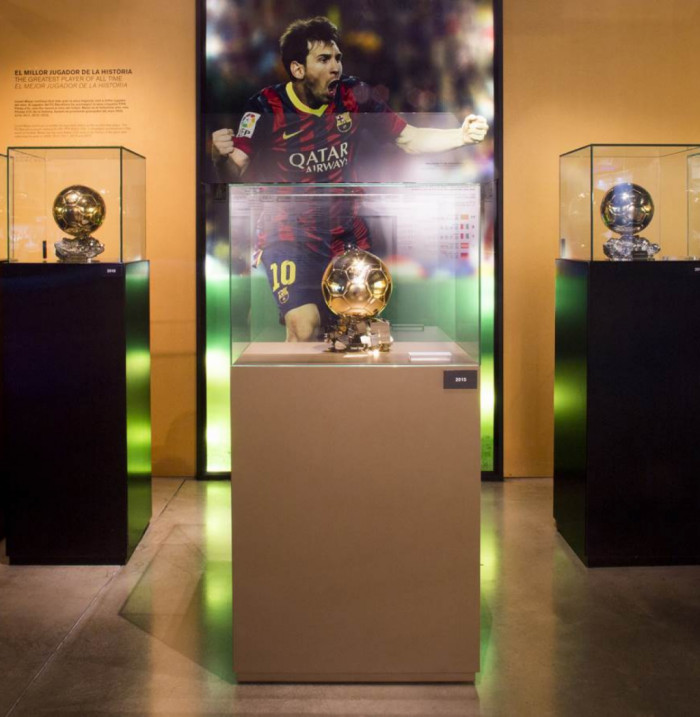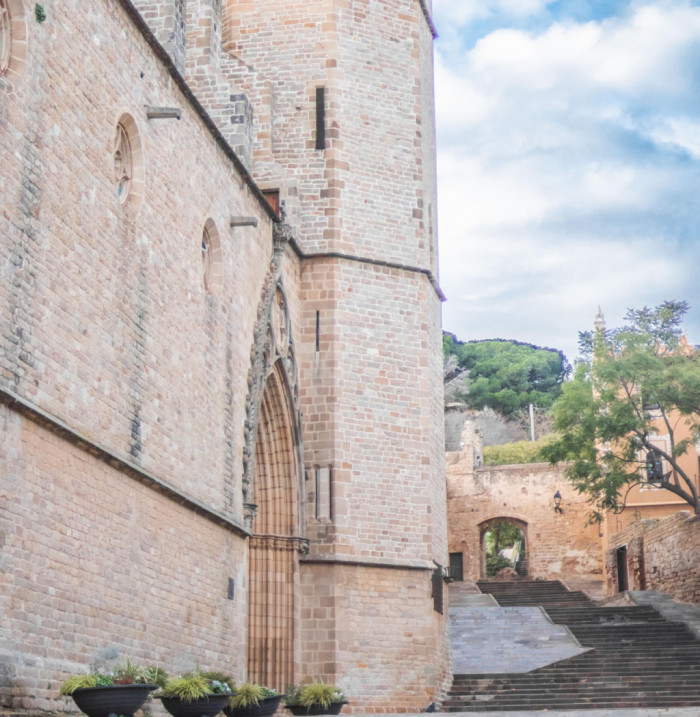- Architecture
- Open Air
Whose cylindrical shape and imposing height has made a permanent mark on the city skyline.
Metro: L1 (Red) - Glòries
Bus: H12
An homage to Gaudí and to Catalonian culture. That’s how French architect Jean Nouvel, recipient of the 2008 Pritzker Prize, initially conceived of the Glòries Tower, an imposing skyscraper situated at the intersection of three of the city’s largest thoroughfares: Avinguda Diagonal, Avinguda Meridiana, and the Grand Vía.
Standing 145 meters (475 feet), it’s the third tallest building in the Catalonian capital, with the Mapre Towers taking first and second place, at least until the Sagrada Familia is fully completed. When that happens, Gaudí’s crowning masterpiece will forever change our city’s skyline. Indeed, the Sagrada Familia was chief among Nouvel’s inspirations when he first set out to design the building. He was particularly influenced by the basilica’s columns, whose bell towers inspired the building’s elongated, cylindrical shape. Nouvel also took into account other symbols of Catalonian culture, such as the massive Montserrat mountains so important to the region, whose temple renders the image of the Virgin of Montserrat, spiritual patron of the land. The resulting structure was seen as transgressive when it first went up and caused something of a commotion in the city.
Despite its initial reception, the Agbar Tower became one of Barcelona’s most recognizable buildings on day one. The work was not without controversy, since at the time, its style represented a decisive break with the prevailing architecture to date. But overall acceptance on the part of the city’s inhabitants, as well as its enormous popularity with the many tourists who come to see it for themselves, has made the building a true city icon, and its singular shape has indelibly marked the Barcelona skyline.
Its mounting success was further boosted by its nighttime illumination, which effectively makes the building visible from all over the city with the help of 4,500 LED devices, designed to create animated patterns, and capable of producing up to 16 million different colors. And thanks to the energy-efficient method with which the tower was constructed, the total cost of illuminating the façade for an entire hour comes to just under six euros. The lighting system, known as Diffraction, is used to celebrate holidays and momentous occasions for the city throughout the year.

